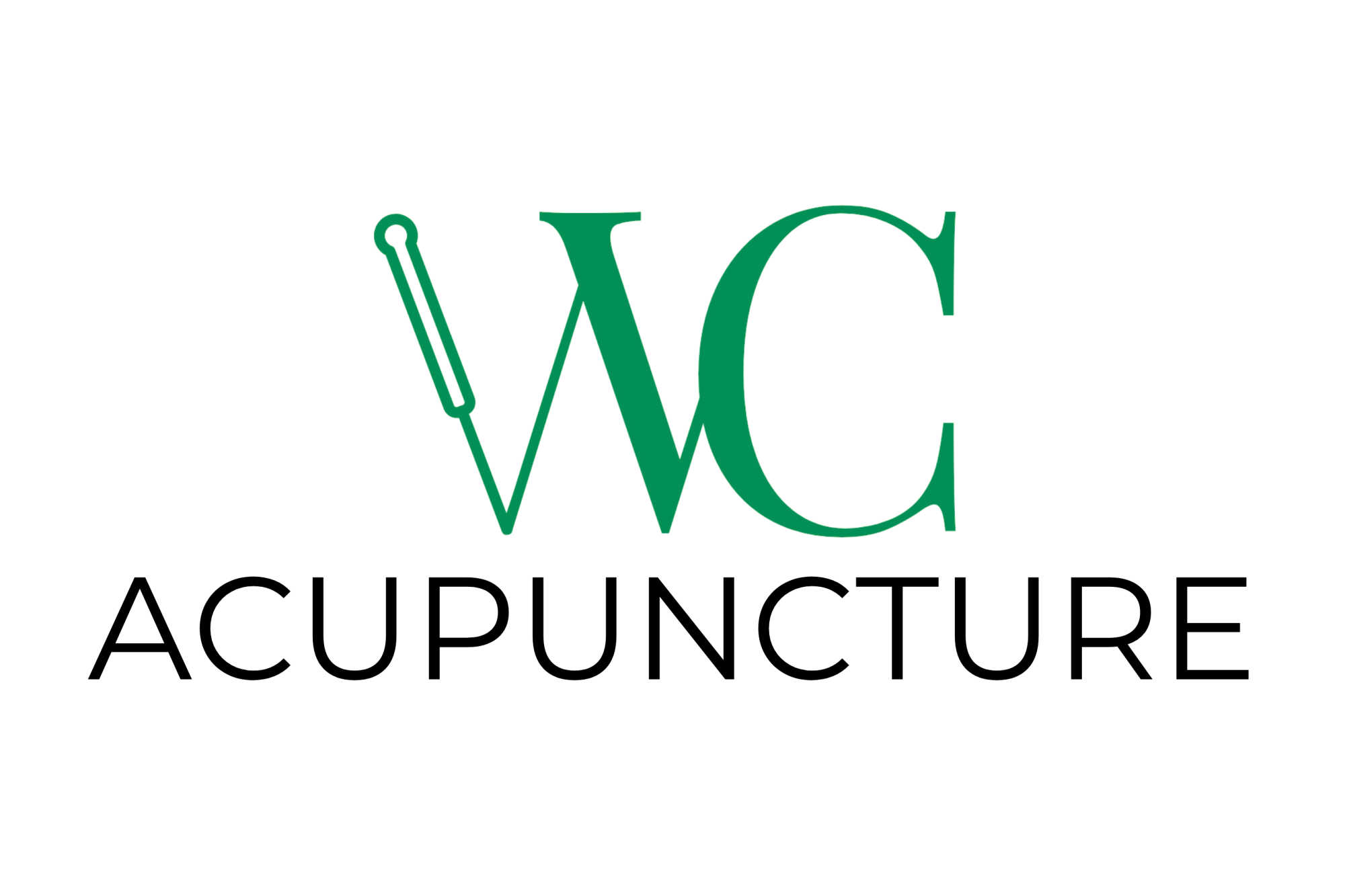Hey there! If you’ve ever experienced Bell’s Palsy, you know how frustrating it can be to deal with the temporary paralysis or weakness of the facial muscles. It can make simple tasks like speaking, eating, and drinking feel like a real challenge. That’s why it’s exciting to explore potential complementary therapies like acupuncture to help alleviate some of these symptoms.
Bell’s Palsy is a condition that can cause sudden weakness or paralysis of the facial muscles on one side of the face. It can be a challenging condition to manage, as it can affect a person’s appearance and ability to perform everyday tasks. Fortunately, acupuncture can be a complementary therapy that can help alleviate pain and discomfort associated with Bell’s Palsy.
Research has shown that acupuncture can be an effective treatment for Bell’s Palsy. A meta-analysis of randomized controlled trials found that acupuncture improved facial muscle function and reduced pain in patients with Bell’s Palsy (Li et al., 2019). Acupuncture works by stimulating specific acupuncture points on the face and body, which can help to improve blood flow and circulation to the affected area, reduce inflammation and swelling, and promote the body’s natural healing response.
At Winson Chen Acupuncture, we have over 45 years of clinical experience in acupuncture and specialize in pain management and neurological diseases. Our personalized treatment plans for Bell’s Palsy can help to reduce pain and discomfort, improve facial muscle function, and promote overall relaxation and wellbeing.
Let’s take a look at a case study of one of our patients with Bell’s Palsy. Sarah, a 34-year-old woman, came to our clinic with Bell’s Palsy and was experiencing pain and discomfort in her face. After an initial consultation, we developed a personalized treatment plan that involved acupuncture sessions twice a week for four weeks.
During each acupuncture session, we used thin, sterile needles to stimulate specific acupuncture points on the face and body. The needles were left in place for a period of time, during which Sarah felt a deep sense of relaxation and calm. After the first session, Sarah noticed a reduction in pain and discomfort in her facial muscles. After several sessions, she noticed an improvement in her facial muscle function, and by the end of the four-week treatment plan, she had regained full facial muscle function.
In addition to acupuncture, we also provided Sarah with lifestyle recommendations, including stress reduction techniques and dietary advice, to help support her overall wellbeing.
In summary, Bell’s Palsy can be a challenging condition to manage, but acupuncture can be a complementary therapy that can help alleviate pain and discomfort and improve facial muscle function. At Winson Chen Acupuncture, we specialize in pain management and neurological diseases and have over 45 years of clinical experience in acupuncture. If you or a loved one are experiencing symptoms of Bell’s Palsy, contact us to schedule a consultation and learn how acupuncture can help you.
~Dr. Winson Chen
